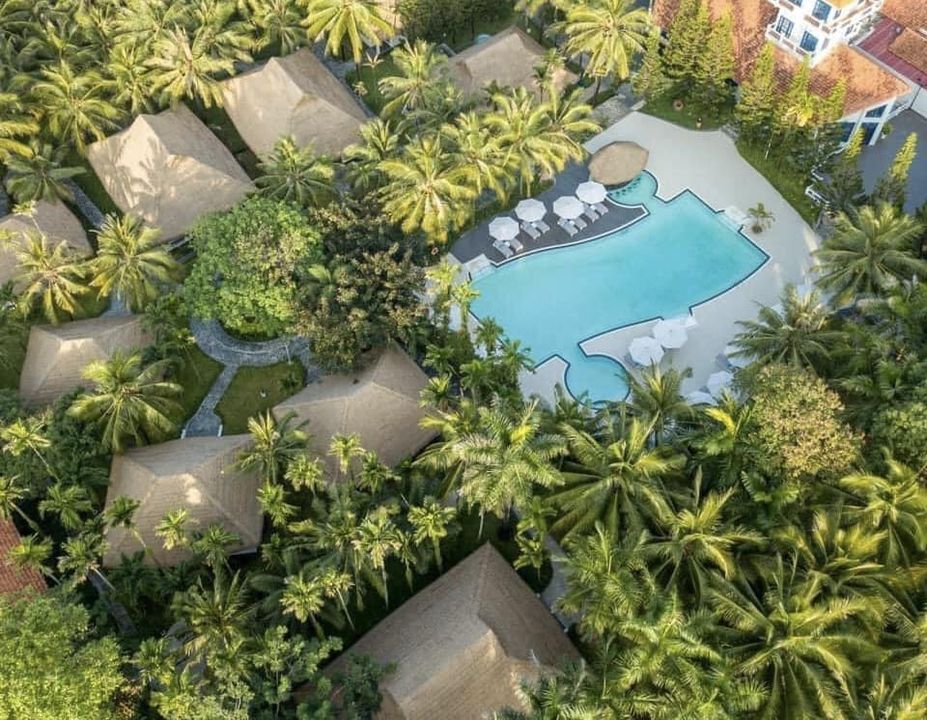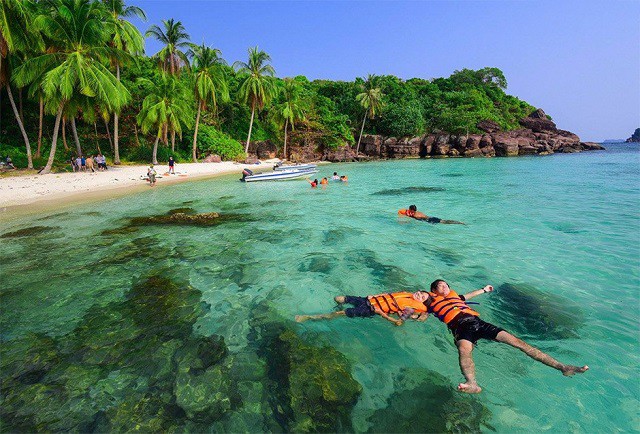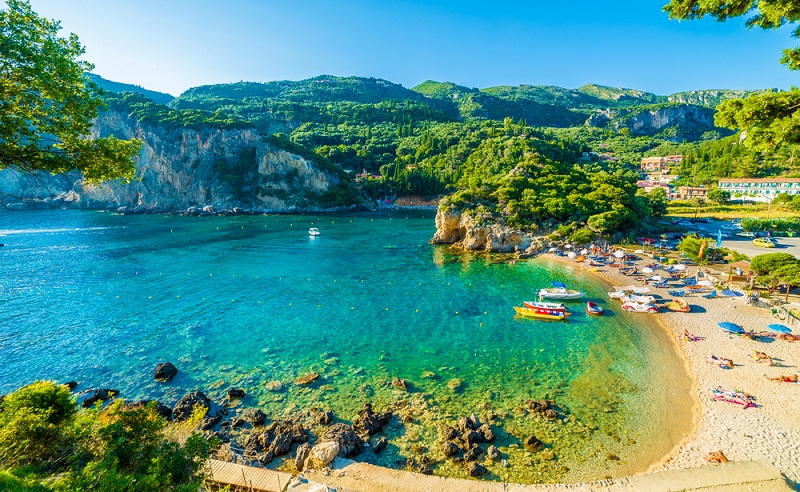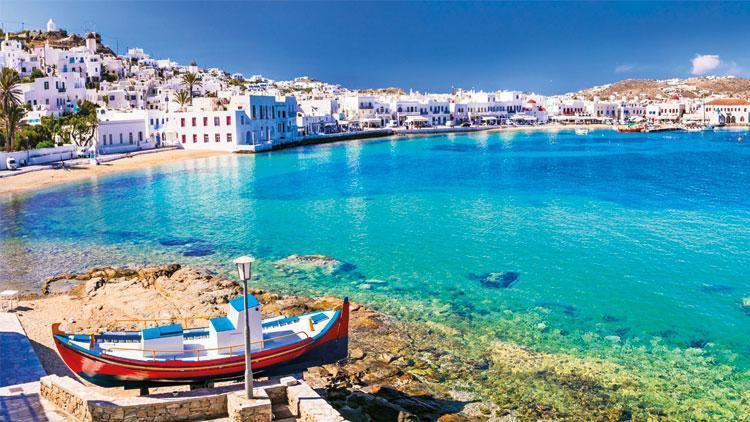.jpg)
The Skytrax 2025 rankings have unveiled the Top 10 Most Improved Airports, showcasing facilities that have successfully transformed their operations and passenger experiences. From Berlin’s remarkable resurgence to Mumbai’s innovative congestion solutions, these airports have tackled specific challenges while enhancing overall travel satisfaction.
Airports often evoke mixed feelings, with some prompting passengers to rush for the next flight, while others create such inviting environments that travelers look forward to their layovers. This year's winners illustrate that even the most daunting aviation hubs can reach new heights through strategic improvements.
1. Berlin Brandenburg Airport (BER)
.jpg)
After enduring a storied history of delays and challenges, Berlin Brandenburg Airport (BER) has risen to prominence as the World’s Most Improved Airport in 2025. Once a cautionary tale, BER has implemented a series of comprehensive upgrades, enhancing passenger services, terminal efficiency, and operational excellence.
Key transformations include:
- Renovated Passenger Flow Systems: Streamlined navigation through the airport.
- Upgraded Security Checkpoints: Faster and more efficient screening.
- Expanded Dining and Retail Options: A diverse range of local and international cuisines.
Moreover, BER has embraced digital innovation, introducing smart navigation and contactless services, while its sustainability initiatives, such as solar panels and improved waste management, make it a model for eco-friendly travel.
2. Almaty International Airport (ALA)
.jpg)
Kazakhstan’s Almaty International Airport (ALA) has earned the second spot through strategic modernization that brings it up to international standards. Significant terminal expansions have created more spacious areas, effectively reducing congestion.
Notable improvements include:
- Advanced Baggage Handling Systems: Lowering lost luggage incidents.
- Upgraded Immigration and Customs Facilities: Quicker processing times.
- Enhanced Lounge Areas: Catering to both business and leisure travelers.
The airport’s expanded connectivity options, with new airlines and routes, position ALA as a vital hub between Europe and Asia.
3. Bangkok Suvarnabhumi Airport (BKK)
.jpg)
Thailand’s Bangkok Suvarnabhumi Airport (BKK) has claimed third place, integrating traditional Thai hospitality with modern technology. The airport has made significant investments to reduce wait times and enhance passenger comfort.
Improvements include:
- Expanded Immigration Facilities: Automated processing for quicker entry.
- Upgraded Terminal Amenities: Featuring local cuisine and cultural elements.
- Enhanced Ground Transportation: Facilitating easier access to the city.
BKK has also addressed passenger comfort with improved air conditioning and seating throughout the terminals.
4. London Gatwick Airport (LGW)
1.jpg)
London Gatwick Airport (LGW) ranks fourth, implementing targeted improvements to tackle the challenges of a major European hub. The airport has made strides in technology-driven solutions for better passenger flow.
Key enhancements include:
- Upgraded Check-in Facilities: More self-service options available.
- Enhanced Security Screening: Maintaining safety while improving efficiency.
- Expanded Retail and Dining Options: Catering to diverse passenger needs.
Furthermore, Gatwick has increased accessibility for passengers with mobility challenges, making travel more inclusive.
5. Taiwan Taoyuan Airport (TPE)
.jpg)
Taiwan Taoyuan Airport (TPE) has secured fifth place by embracing innovative approaches to passenger service. The airport maintains a high standard of cleanliness while integrating the latest technology.
Improvements include:
- Smart Terminal Navigation Systems: Helping passengers navigate easily.
- Upgraded Duty-Free Shopping: Competitive pricing and quality.
- Enhanced Food Courts: Offering both international and local cuisine.
TPE has also improved transit facilities, making it an attractive choice for connecting flights.
6. Ulaanbaatar Airport (UBN)
.jpg)
Mongolia’s Ulaanbaatar Airport (UBN) ranks sixth after comprehensive upgrades that modernize the facility. Despite its challenging geographic location, UBN has improved passenger service quality significantly.
Notable upgrades include:
- Modernized Terminal Buildings: Enhanced climate control.
- Efficient Customs and Immigration: Streamlined processes for travelers.
- Improved Ground Services: Faster aircraft turnaround times.
Additionally, UBN has introduced dining options that celebrate Mongolian culture while meeting international standards.
7. Mactan-Cebu Airport (CEB)
.jpg)
The Philippines’ Mactan-Cebu Airport (CEB) has achieved seventh place through strategic enhancements that bolster its position as a gateway to the country’s tourist destinations.
Key improvements include:
- Expanded Terminal Capacity: Accommodating increasing tourist traffic.
- Upgraded Baggage Handling: Reducing wait times for luggage.
- Enhanced Retail Areas: Showcasing local products.
CEB has also improved ground transportation connections, facilitating easier access to popular tourist spots.
8. Punta Cana Airport (PUJ)
.jpg)
Punta Cana Airport (PUJ) in the Dominican Republic ranks eighth, enhancing its reputation as a premier Caribbean hub. The airport focuses on creating an inviting atmosphere from the moment passengers arrive.
Improvements include:
- Upgraded Immigration Facilities: Faster processing for tourists.
- Expanded Duty-Free Shopping: Featuring Caribbean specialties.
- Enhanced Dining Options: Showcasing local Dominican cuisine.
With improved air conditioning and seating areas, PUJ offers better comfort in the tropical climate.
9. Nadi Airport (NAN)
.jpg)
Fiji’s Nadi Airport (NAN) has achieved ninth place, positioning itself as the primary gateway to the South Pacific. The airport invests in upgrades to meet the needs of international tourists.
Notable enhancements include:
- Modernized Check-in Facilities: More efficient processing systems.
- Upgraded Customs Areas: Smoother handling of tourist traffic.
- Enhanced Retail Stores: Featuring Pacific island products.
NAN has also improved transit facilities for passengers connecting to other Pacific destinations.
10. Mumbai Airport (BOM)
.jpg)
India’s Mumbai Airport (BOM) rounds out the top 10 with strategic enhancements addressing the challenges of one of the world’s busiest aviation markets. The airport focuses on reducing congestion while maintaining high safety standards.
Key improvements include:
- Expanded Terminal Facilities: Better passenger flow management.
- Upgraded Retail and Dining Areas: Showcasing Indian culture.
- Enhanced Ground Transportation Connections: Improving city access.
Mumbai Airport has also invested in technology systems that streamline passenger processing, significantly reducing wait times.
Bottom Line
These ten airports exemplify that with dedicated effort and strategic investment, even the most challenging aviation facilities can undergo remarkable transformations. From Berlin’s impressive revival to Mumbai’s solutions for congestion, each airport has effectively enhanced the passenger experience. Next time you find yourself at one of these airports, you might discover that your layover could become an unexpected highlight of your journey.

.jpg)
.jpg)
.jpg)
.jpg)
.jpg)



.jpg)
.jpg)



.jpg)
.jpg)
.jpg)



.jpg)
.jpg)
.jpg)







.jpg)
.jpg)






.jpg)

.jpg)








.jpg)


.jpg)






.jpg)
.jpg)